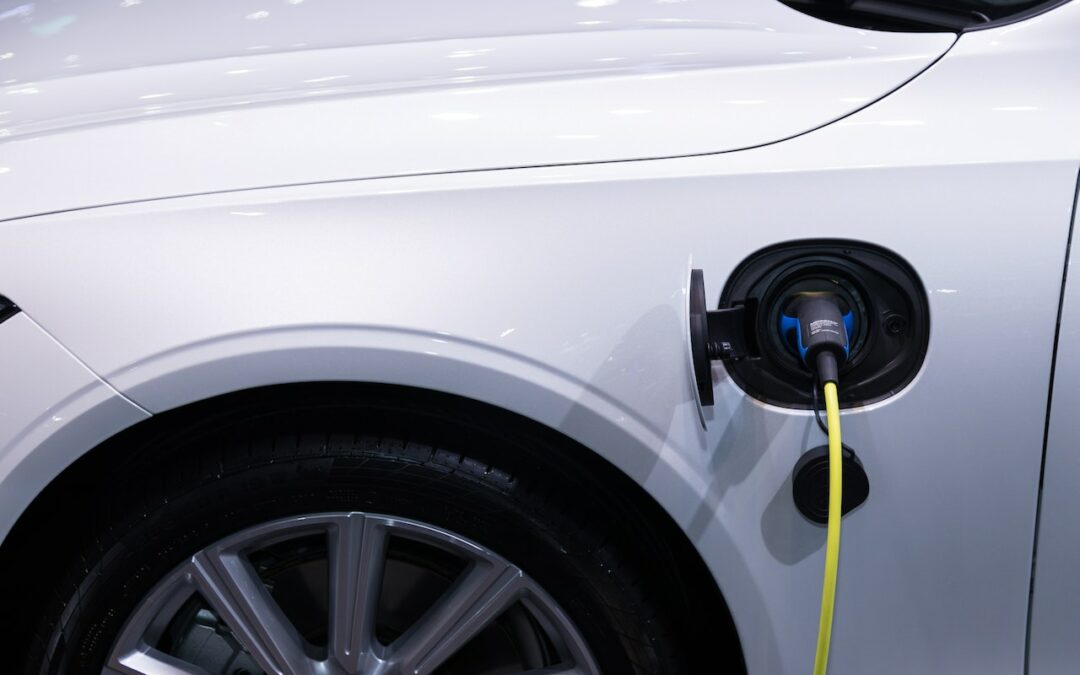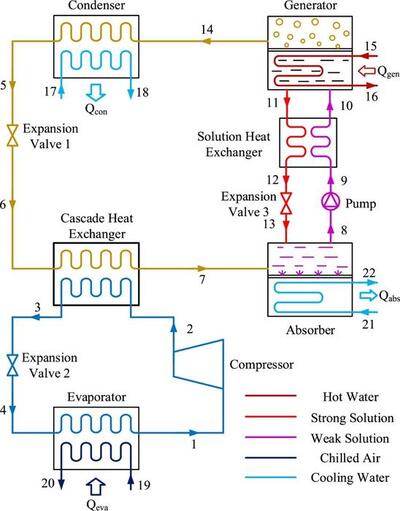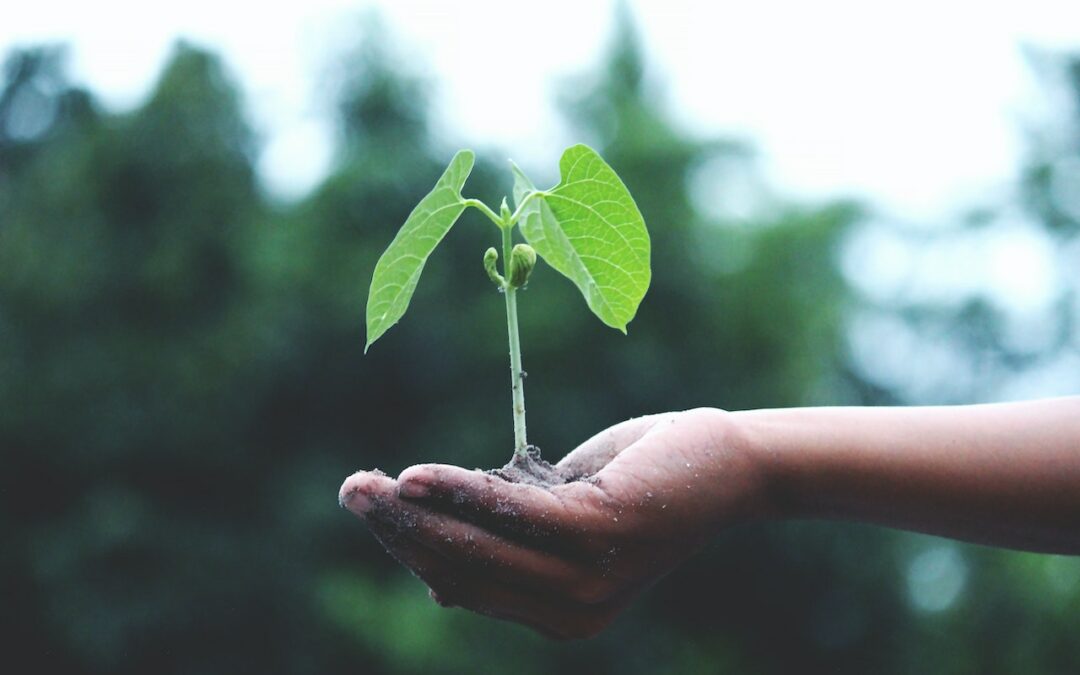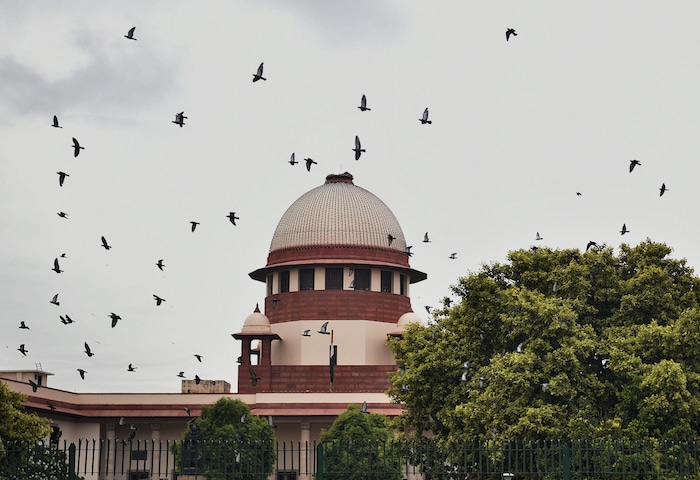
Alfa Romeo Milano 2024 preview: walkaround, specs and full details
Alfa Romeo re-entered the small SUV sector with the new Milano offered in pure electric and petrol forms

Alfa Romeo re-entered the small SUV sector with the new Milano offered in pure electric and petrol forms

Researchers from Xi’an Jiaotong University in China have made significant inroads into sustainable refrigeration.
Their work involved fine-tuning the compression-absorption cascade refrigeration cycle (CACRC) — a system that combines vapour-compression refrigeration (VCR) with an absorption refrigeration cycle (ARC).
CACRC presents a promising answer to the pressing energy demands and environmental concerns associated with traditional cooling methods. While VCR is known for its superior performance and ability to achieve low temperatures at a high energy cost, ARC, in contrast, operates with minimal electricity, utilising waste heat. The harmonious combination of these two systems has generated keen interest in CACRC, particularly its potential utility in critical areas such as food preservation and district cooling.
Image caption: Schematic diagram of the CACRC system. Image credit: Yuhan Du, et al, published under CC BY-NC-ND.
Exploring a dual-section mechanism that combined vapour-compression with absorption refrigeration technologies, the research team conducted a thorough analysis of 16 distinct refrigerants in the vapour compression section, paired with H2O-LiBr in the absorption section.
Their meticulous examination aimed to identify the most efficient and eco-friendly combinations, revealing the RE170/H2O-LiBr pair as the standout performer. This pair demonstrated the highest coefficient of performance and energy efficiency among all candidates. The team further investigated the system’s dynamics, including the impacts of generator and evaporator temperatures, cascade temperature differences and the effectiveness of the solution heat exchanger.
“This breakthrough not only marks a significant step towards more sustainable refrigeration practices but also reflects our dedication to pioneering solutions that can revolutionise industries and contribute to the preservation of our planet’s resources,” said Xiaopo Wang, the study’s lead author.
The study was published in Energy Storage and Saving in February 2024.
Image credit: iStock.com/chabybucko

Curtin University has received a $5 million grant from the Australian Renewable Energy Agency (ARENA) to take on the challenge of producing and transporting hydrogen in a sustainable and cost-effective way.
While hydrogen has long been identified as a clean energy source, there are difficulties in transporting it affordably and practically.
One established method is using sodium borohydride powder as a carrier for the hydrogen, but the by-product left behind — sodium metaborate — has always been expensive to recycle.
The Kotai Hydrogen Project has been set up to trial a new method of hydrogen production and transportation being developed by Curtin’s Hydrogen Storage Research Group (HSRG) in partnership with Velox Energy Materials.
The HSRG’s award-winning chemical process and catalyst has the potential to quickly and cheaply revert sodium metaborate back to sodium borohydride, enabling it to be reused to transport hydrogen.
“The lower costs attached to this method’s production and transport could make it potentially the cheapest means of exporting hydrogen from Australia,” said John Curtin Distinguished Professor Craig Buckley, head of the HSRG.
“This method could play a part in meeting the rapidly rising global demand for Australian hydrogen.”
Buckley added that the Kotai Hydrogen Project could be a significant step towards zero net emissions.
“Our aim is to provide a circular hydrogen export value chain,” he said. “The initial research component of the project will feed into the commercial stage, where a pilot facility will be designed and built in Perth to evaluate the technology for large-scale production directly from renewable electricity.”
Curtin Institute for Energy Transition Director Professor Peta Ashworth said the project was important on a global scale.
“The whole world has been working to reduce the end-to-end costs of clean hydrogen,” Ashworth said.
“Having been involved in the early development of Australia’s Hydrogen Strategy, it is fantastic to see Australia playing a significant part in delivering on that aspiration through this funded Curtin research.”
Curtin and Velox Energy Materials will also contribute an additional combined cash commitment towards the overall project.
ARENA Chief Executive Officer Darren Miller said that through its strategic priorities, ARENA had highlighted the importance of renewable hydrogen and low-emissions metals as a potentially significant export industry.
“Innovation starts in the lab and we have the best minds taking our decarbonisation efforts to the next level — to the benefit of all Australians through jobs, lower emissions and cheaper energy,” he said.
Image credit: iStock.com/Scharfsinn86

The Australian Institute of Packaging (AIP) is collaborating with sustainability software company Empauer to offer a comprehensive life cycle assessment (LCA) package for small to medium enterprises (SMEs) in Australia, New Zealand and Asia.
The aim is to support SMEs in making informed and science-based decisions when selecting packaging materials. This can be a challenging process, something the AIP observed in its SME training programs, where it identified a pressing need for affordable and customised LCA solutions that simplify the sometimes complex business of undertaking sustainability assessments for packaging design.
The report part of the package can be utilised for internal decisions, including selection of packaging materials and components. It can also help SMEs navigate the shift towards more sustainable alternatives within the business.
The LCA Decision Package is designed to provide AIP members and the wider industry with access to the latest tools and expertise, enabling them to reduce their environmental footprint and make responsible choices in line with global sustainability goals.
The AIP said that the main benefit to SMEs in using the LCA Decision Package was that users did not have to understand all the complexities of LCAs, as they will be provided with the comparison information and assistance to understand the environmental impact for each packaging material choice, depending on the parameters they select.
Interested SMEs can complete and submit an online expression of interest form and a brief questionnaire by visiting https://lnkd.in/gV-8CxAH.
Further enquiries can be emailed to info@empauer.com.
Image credit: iStock.com/Parkpoom

In another landmark climate decision, the Supreme Court of India has ruled that an individual’s “right to life” includes protection against the impacts of climate change. The verdict reflects fundamental rights stated in Article 21 of the country’s constitution, reported The Independent. “Without a clean environment which is stable and unimpacted by the vagaries of […]
The post India’s Supreme Court Expands ‘Right to Life’ to Include Protection Against Climate Change appeared first on EcoWatch.